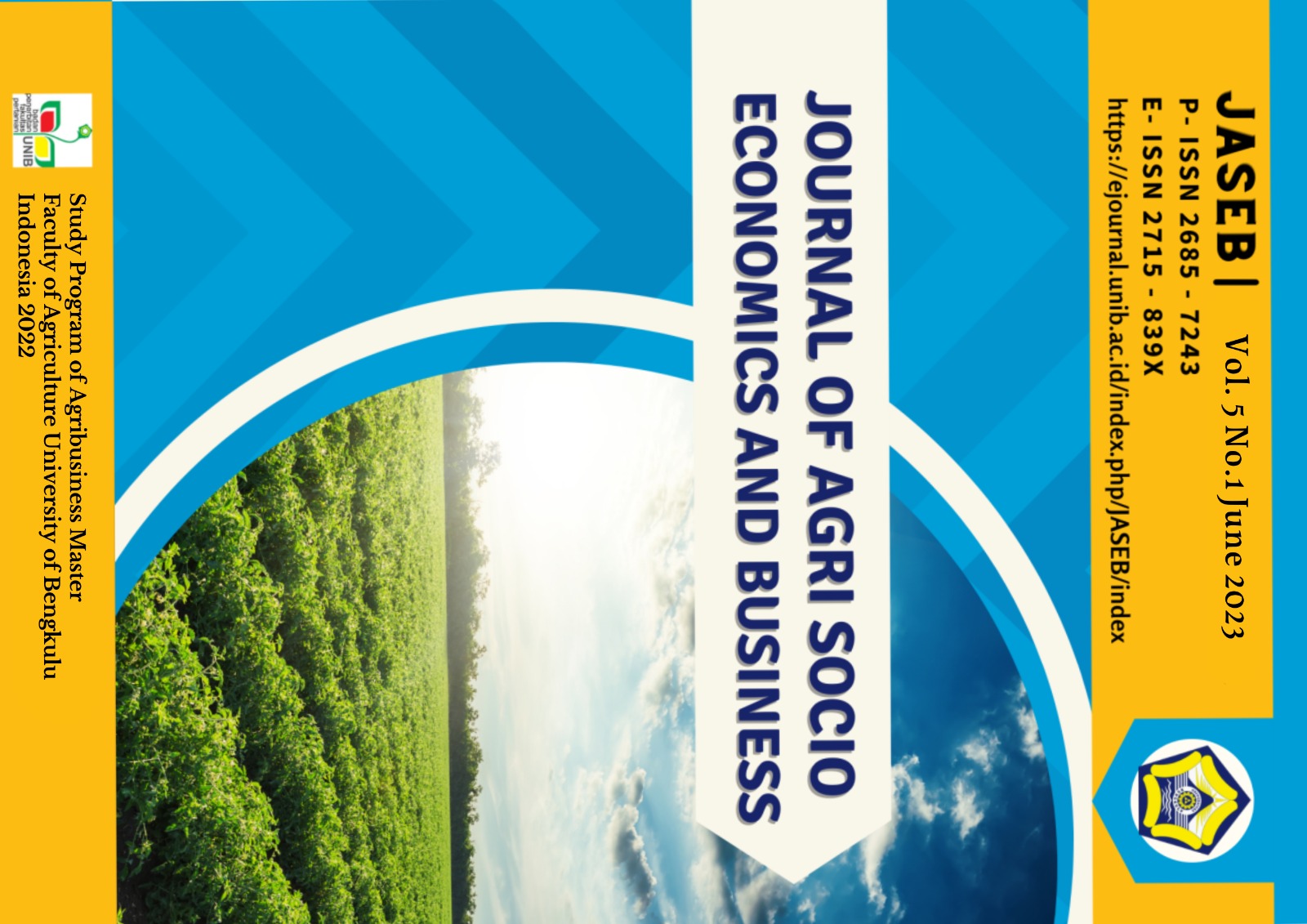Main Article Content
Abstract
This study aims to: (1) determine the characteristics of semi-organic and non-organic rice farming systems in the Pringgasela district, East Lombok Regency; (2) analyze the factors that influence the production of rice cultivation in the Pringgasela district, East Lombok Regency; (3) describe the driving and inhibiting factors of semi-organic and non-organic rice cultivation in Pringgasela district, East Lombok Regency. The research method used in this study is quantitative research. The unit of analysis in this study was the semi-organic and non-organic rice farming system in the Pringgasela district, East Lombok Regency. The number of respondents is determined by quota sampling up to 40 respondents, where the sampling was divided based on a predetermined quota consisting of 20 semi-organic farmer respondents and 20 non-organic farmer respondents. The results showed that the differences in the characteristics of semi-organic and non-organic rice farming systems were from the aspect of the cultivation method; use of fertilizers and pesticides; environmental sustainability; and product quality. Based on the results of the analysis of the factors influencing the production of rice, show that the land area variable (X1), fertilizer (X3), and labor (X5), and the dummy variable (X6) has a significant effect on rice production. The driving factor for rice farming activities with a semi-organic system is production costs which are relatively cheaper and environmentally friendly. However, the constraints are the availability of organic fertilizers is still limited, and the production capacity is still less compared to rice farming with non-organic systems.
Article Details
Copyright (c) 2023 Dudi Septiadi, Aeko Fria Utama FR

This work is licensed under a Creative Commons Attribution-ShareAlike 4.0 International License.
An author who publishes in the Journal of Agri Socio Economics and Business agrees to the following terms:
Author retains the copyright and grants the journal the right of first publication of the work simultaneously licensed under the Creative Commons Attribution-ShareAlike 4.0 License that allows others to share the work with an acknowledgement of the work's authorship and initial publication in this journal
Submission of a manuscript implies that the submitted work has not been published before (except as part of a thesis or report, or abstract); that it is not under consideration for publication elsewhere; that its publication has been approved by all co-authors. If and when the manuscript is accepted for publication, the author(s) still hold the copyright and retain publishing rights without restrictions. For the new invention, authors are suggested to manage its patent before published. The license type is CC-BY-SA 4.0.
Journal Agri Socio-Economics and Business is licensed under a Creative Commons Attribution-ShareAlike 4.0 International License.
